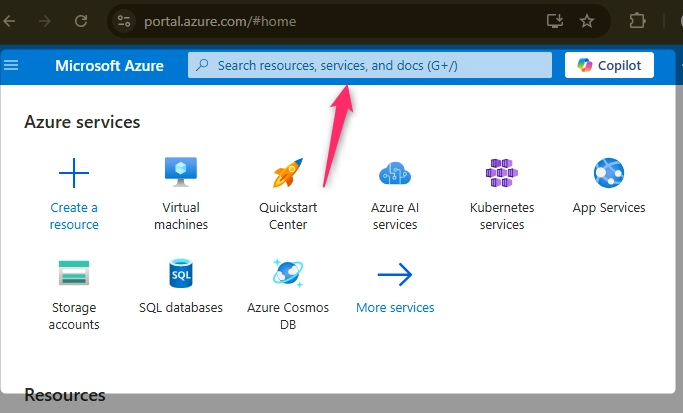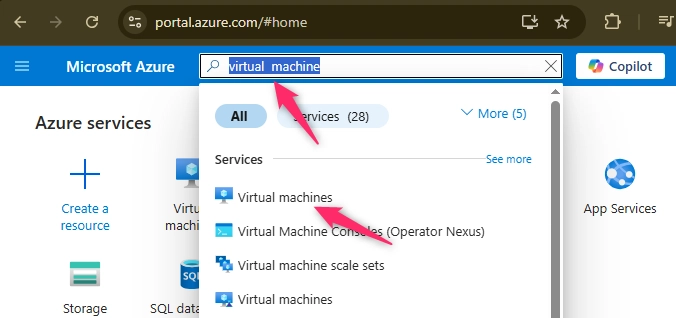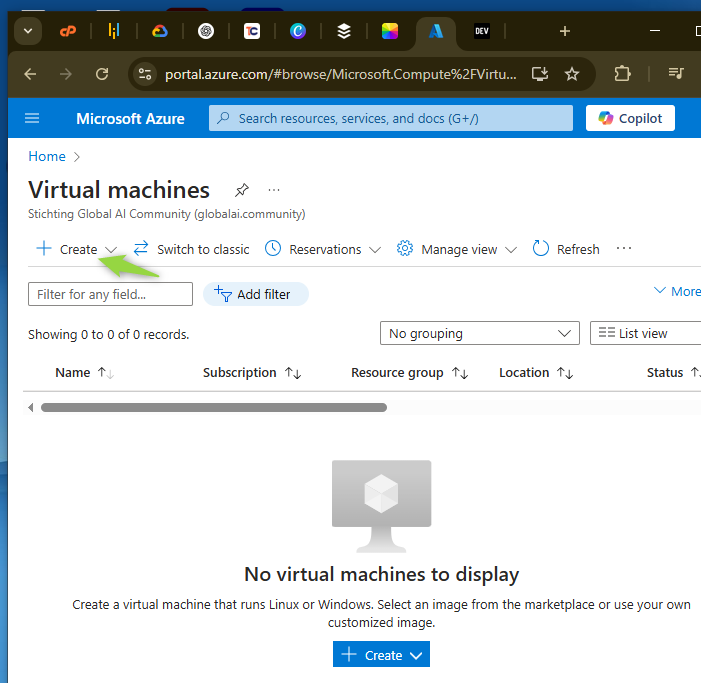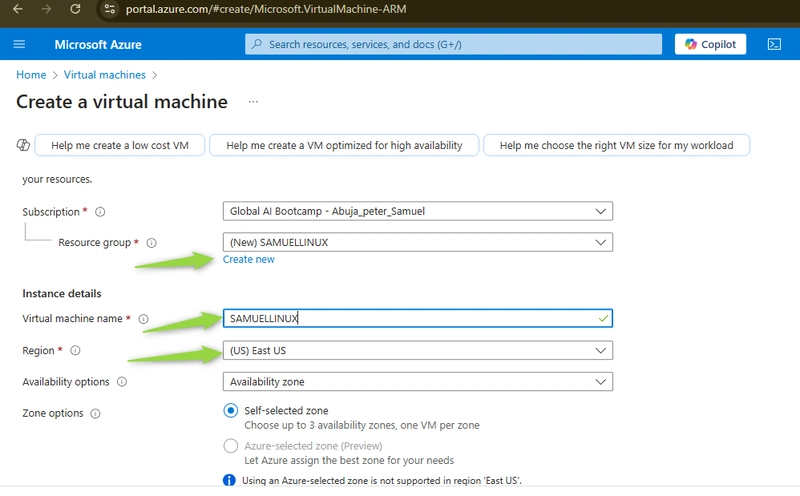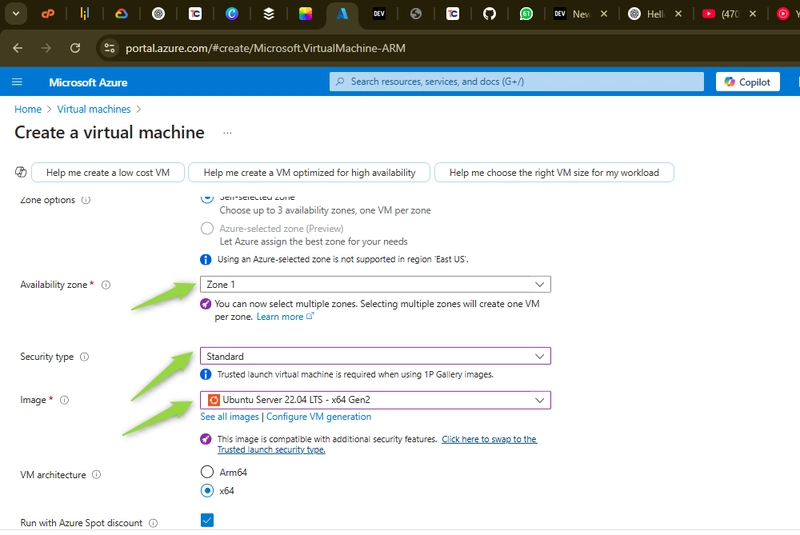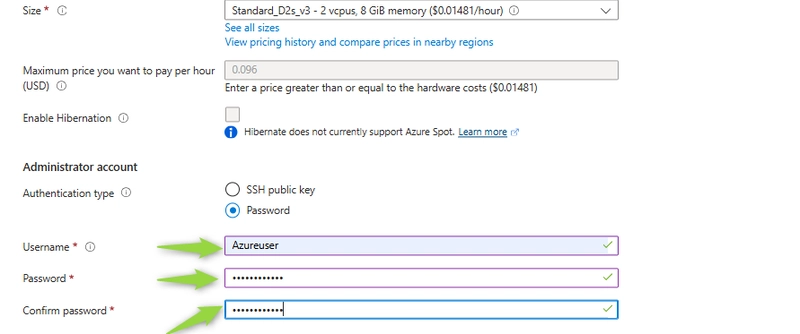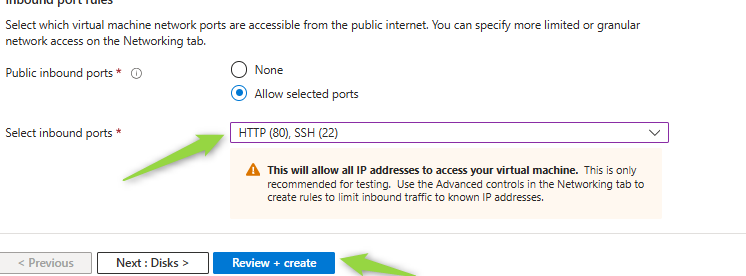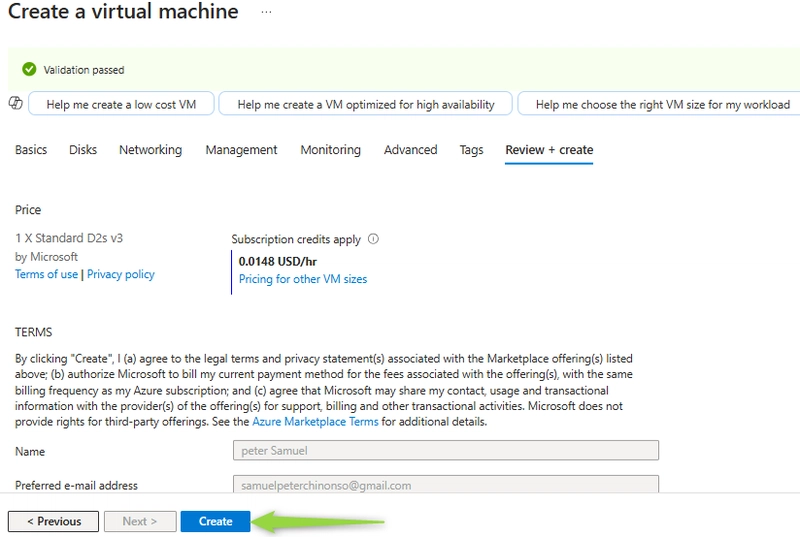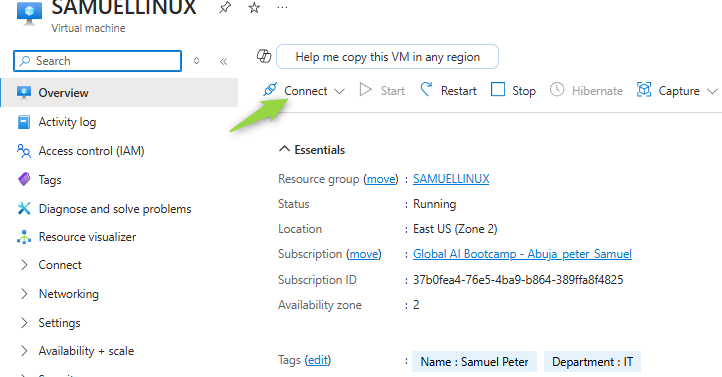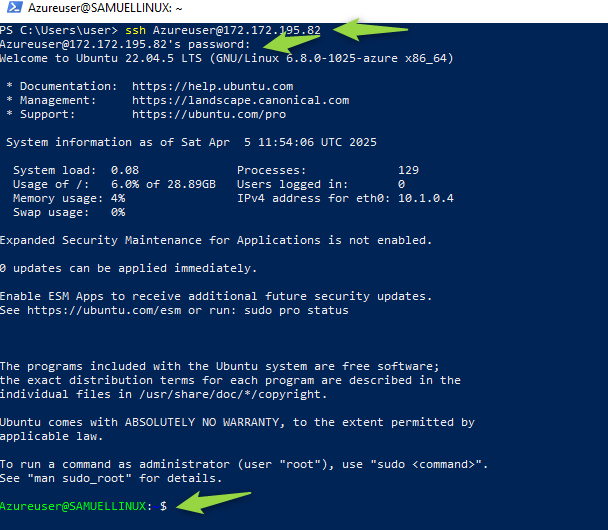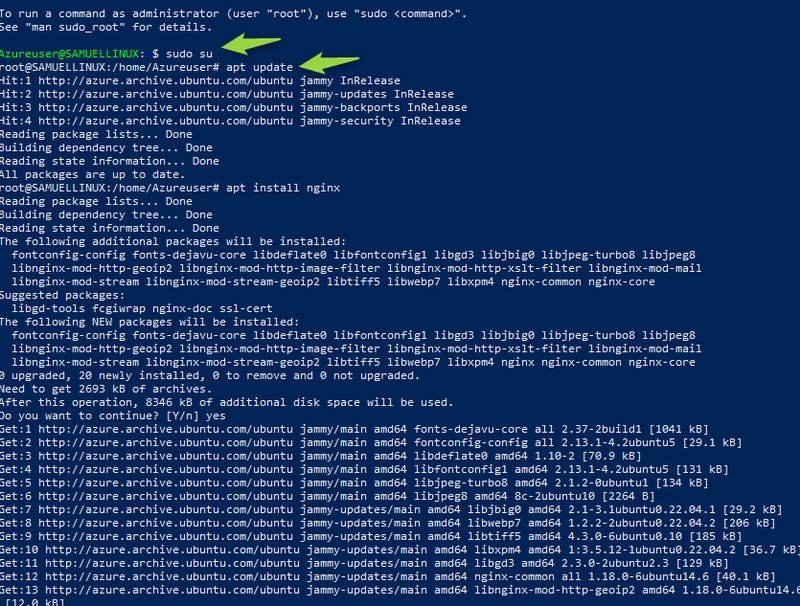Step-by-step Guide to Installing a Linux Operating System on an Azure Virtual Machine and Configuring an NGINX Web Server”
Introduction Welcome to this step-by-step tutorial on spinning up a Linux operating system on an Azure Virtual Machine and configuring an NGINX web server. This tutorial is designed to help you understand and implement these technologies effectively. First, let's break down some key terms: Linux: An open-source operating system known for its stability, security, and flexibility. It's widely used in servers, desktops, and various other platforms. Virtual Machine (VM): A software-based emulation of a physical computer. VMs allow you to run multiple operating systems on a single physical machine, providing isolation and efficient resource utilization. NGINX: A high-performance web server and reverse proxy server. It's known for its speed, reliability, and ability to handle a large number of simultaneous connections. In this tutorial, you'll learn how to: Spin up a Linux operating system on an Azure Virtual Machine. Configure NGINX to serve web content efficiently. Whether you're a seasoned professional or a beginner, this tutorial will provide you with the knowledge and skills needed to set up a robust and efficient web server environment. Let's dive in and explore the world of cloud-based Linux systems! Creating a Linux operating system on an Azure Virtual Machine and configuring an NGINX web server involves the following steps: Step 1: Create an Azure Account Go to the Azure portal. Sign up for a free account if you don't have one. Search for Virtual Machines In the Azure portal, navigate to the search bar at the top. Type "Virtual Machines" and select the Virtual Machines option from the dropdown Create a Virtual Machine Click Create and select Azure Virtual Machine. Fill in the basic details: Subscription: Choose your subscription. Resource Group: Create a new resource group or select an existing one. Virtual Machine Name: Enter a name for your VM. Region: Select the region closest to you. Image: Choose a Linux distribution (e.g., Ubuntu). Size: Select the size based on your needs. Review and Create: Click on "Review + create" and then "Create". Download the private key (.pem file) if you generated a new key pair. Step 2: Connect to the VM Using PowerShell Open PowerShell: Open PowerShell on your computer. Connect to the VM: Use the following command to connect to your VM ssh username@your-vm-ip Address Enter the password you used when creating the virtual machine. Once connected, you should see your virtual machine's name, indicating a successful SSH connection. Step 3: Install NGINX on the VM Update Package Lists: Run the following commands to update your package lists: sudo apt update Switch to Root User: Switch to the root user: sudo su Install NGINX: Install NGINX using the following command: apt install nginx Verify Installation: Copy your VM's public IP address and paste it into a web browser. You should see the NGINX welcome page, indicating that NGINX is installed and running. __Conclusion You have now successfully created a Linux virtual machine on Azure, connected to it using PowerShell, installed NGINX, and verified the installation. You can now access your site by entering your VM's public IP address in a web browser.
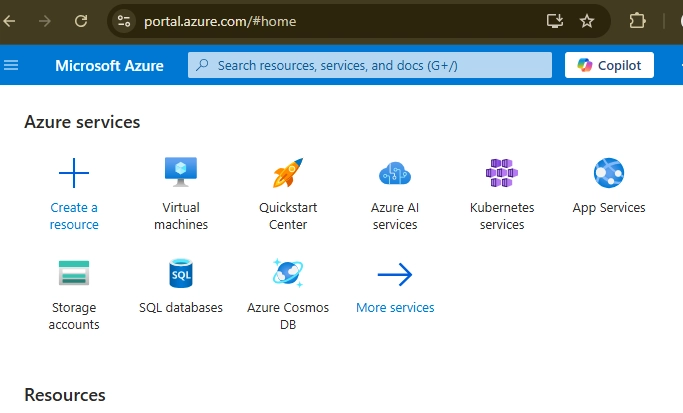
Introduction
Welcome to this step-by-step tutorial on spinning up a Linux operating system on an Azure Virtual Machine and configuring an NGINX web server. This tutorial is designed to help you understand and implement these technologies effectively.
First, let's break down some key terms:
Linux: An open-source operating system known for its stability, security, and flexibility. It's widely used in servers, desktops, and various other platforms.
Virtual Machine (VM): A software-based emulation of a physical computer. VMs allow you to run multiple operating systems on a single physical machine, providing isolation and efficient resource utilization.
NGINX: A high-performance web server and reverse proxy server. It's known for its speed, reliability, and ability to handle a large number of simultaneous connections.
In this tutorial, you'll learn how to:
Spin up a Linux operating system on an Azure Virtual Machine.
Configure NGINX to serve web content efficiently.
Whether you're a seasoned professional or a beginner, this tutorial will provide you with the knowledge and skills needed to set up a robust and efficient web server environment. Let's dive in and explore the world of cloud-based Linux systems!
Creating a Linux operating system on an Azure Virtual Machine and configuring an NGINX web server involves the following steps:
Step 1: Create an Azure Account
Go to the Azure portal.
Sign up for a free account if you don't have one.
Search for Virtual Machines
In the Azure portal, navigate to the search bar at the top.
Type "Virtual Machines" and select the Virtual Machines option from the dropdown
Create a Virtual Machine
Click Create and select Azure Virtual Machine.
Fill in the basic details:
Subscription: Choose your subscription.
Resource Group: Create a new resource group or select an existing one.
Virtual Machine Name: Enter a name for your VM.
Region: Select the region closest to you.
Image: Choose a Linux distribution (e.g., Ubuntu).
Size: Select the size based on your needs.
Review and Create:
Click on "Review + create" and then "Create".
Download the private key (.pem file) if you generated a new key pair.
Step 2: Connect to the VM Using PowerShell
Open PowerShell:
Open PowerShell on your computer.
Connect to the VM:
Use the following command to connect to your VM
ssh username@your-vm-ip Address
Enter the password you used when creating the virtual machine.
Once connected, you should see your virtual machine's name, indicating a successful SSH connection.
Step 3: Install NGINX on the VM
Update Package Lists:
Run the following commands to update your package lists: sudo apt update
Switch to Root User:
Switch to the root user: sudo su
Install NGINX:
Install NGINX using the following command: apt install nginx
Verify Installation:
Copy your VM's public IP address and paste it into a web browser. You should see the NGINX welcome page, indicating that NGINX is installed and running.
__Conclusion
You have now successfully created a Linux virtual machine on Azure, connected to it using PowerShell, installed NGINX, and verified the installation. You can now access your site by entering your VM's public IP address in a web browser.










































































































































































![[The AI Show Episode 142]: ChatGPT’s New Image Generator, Studio Ghibli Craze and Backlash, Gemini 2.5, OpenAI Academy, 4o Updates, Vibe Marketing & xAI Acquires X](https://www.marketingaiinstitute.com/hubfs/ep%20142%20cover.png)



























































































































![[FREE EBOOKS] The Kubernetes Bible, The Ultimate Linux Shell Scripting Guide & Four More Best Selling Titles](https://www.javacodegeeks.com/wp-content/uploads/2012/12/jcg-logo.jpg)



![From drop-out to software architect with Jason Lengstorf [Podcast #167]](https://cdn.hashnode.com/res/hashnode/image/upload/v1743796461357/f3d19cd7-e6f5-4d7c-8bfc-eb974bc8da68.png?#)






































































































.png?#)




.jpg?#)
































_Christophe_Coat_Alamy.jpg?#)







































































































![Rapidus in Talks With Apple as It Accelerates Toward 2nm Chip Production [Report]](https://www.iclarified.com/images/news/96937/96937/96937-640.jpg)






































































































































